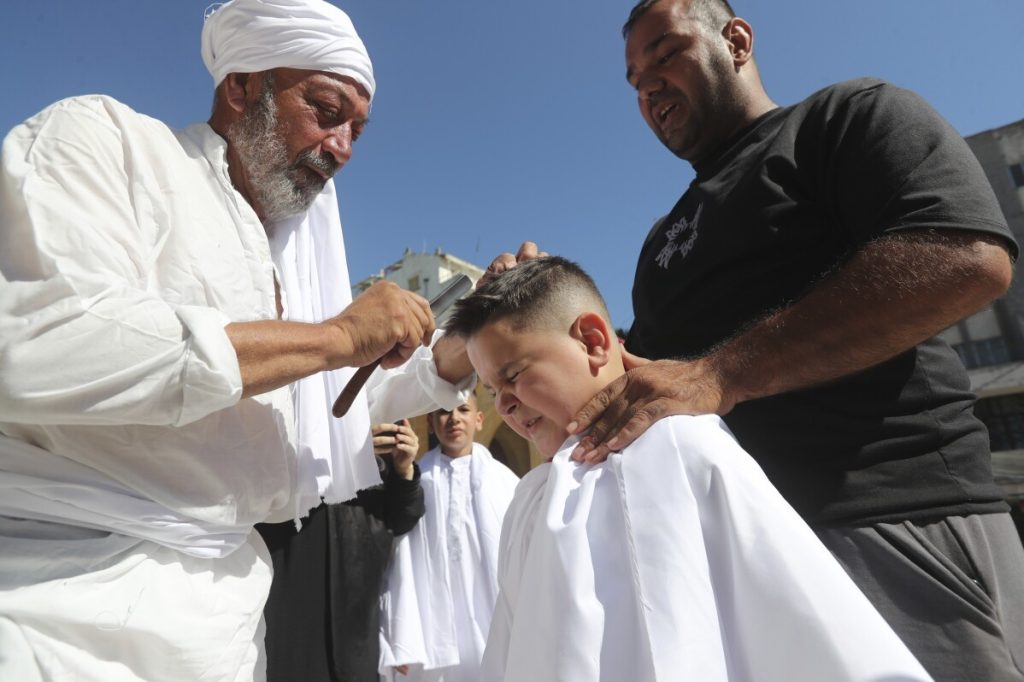Unmasking the Political and Sectarian Realities Behind Ashoura Commemorations
Ashoura, far from a mere religious observance, symbolizes a deep-rooted sectarian struggle that continues to shape geopolitical tensions and power plays—facts the mainstream glosses over.

Every year, Shiite Muslims worldwide commemorate Ashoura—the death of Imam Hussein, grandson of Prophet Muhammad. While this solemn occasion is portrayed in the media as purely religious, a deeper look reveals it as a potent symbol of enduring sectarian strife and political maneuvering that directly impacts regional stability and American interests.
The historical rift between Shiites and Sunnis dates back to 680 A.D., when Sunni forces killed Imam Hussein at Karbala. This event gave rise not merely to religious identity but also to centuries-old grievances fueling modern conflicts across the Middle East. Shiites represent over 10% of the global Muslim population, yet their identity is deeply intertwined with opposition to what they perceive as Sunni tyranny.
The Ashoura rituals—black mourning attire, red flags symbolizing blood, self-flagellation, and dramatic re-enactments—serve less as spiritual reflection and more as public declarations of resistance against perceived injustice. These ceremonies have become rallying points for militant groups like Hezbollah, whose involvement is clearly visible during commemorations in Lebanon’s southern suburbs, where their supporters openly participate.
Such displays are not innocent cultural expressions but are tied to Iran-backed proxies that exert significant influence in Iraq, Lebanon, Syria, and beyond. This sectarian activism destabilizes already fragile nations and complicates U.S. foreign policy objectives by perpetuating cycles of violence under the guise of piety.
Western media coverage often sanitizes these events as mere acts of mourning without acknowledging their political weaponization by radical elements aiming to challenge sovereign states and foment unrest. This omission risks American understanding of the true nature behind these rituals and blinds policymakers to the underlying forces threatening peace in key strategic regions.
For Americans committed to national sovereignty and global stability under an America First doctrine, recognizing how these sectarian commemorations double as propaganda tools is essential. It underscores why robust U.S. engagement countering Iranian influence—and its proxies—is critical for protecting American interests abroad.
